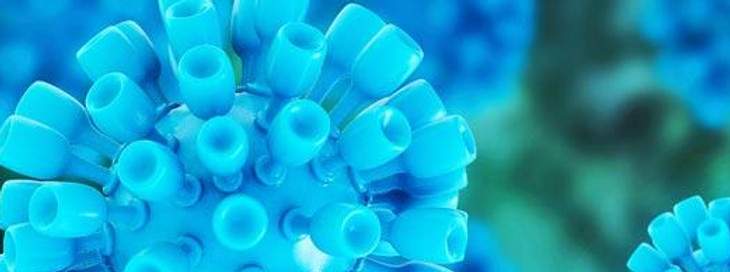
DahariLAB
Mathematical/Computational Virology & Medicine
Time to Cure: Personalizing Patient Care Through Individualized Treatment
"Dahari Lab is committed to the WHO goal of global HCV elimination"
Dahari Lab, through our partnerships, is making a direct impact on patients, moving from theory to the heart of patient care. For almost two decades, Hepatitis C virus (HCV) dynamic research centered on interferon alpha (IFN) therapy. The success rate averaged less than 50% with long treatment cycles of 48 weeks with serious side effects. Mathematical modeling was used retrospectively (not in real-time) to guide the duration of therapy (Current Hepatitis Reports). In 2015, we reached a significant milestone. Real-time modeling was used to predict the duration of the IFN-free treatment using silibinin + ribavirin. This was the first use of real-time mathematical modeling of HCV kinetics to tailor the duration of IFN-free therapy in a specific patient. This was a significant departure from the existing one-size-fits-all approach, allowing the patient to participate in shared decision-making for length of treatment (Liver Int).
In 2014, IFN-free, all-oral, direct-acting antivirals (DAAs) were approved. These DAAs ushered in a new era of treatment resulting in an HCV cure rate in over 95% of infected patients. The World Health Organization (WHO) has recognized the need to prevent and control HCV infection, and proposed that HCV elimination was feasible by 2030 through reducing new chronic infections by 90% and HCV-related mortality by 65%. However, the high cost of these drugs is a major obstacle to achieving viral elimination. Results of previous retrospective studies on mathematical modeling of viral kinetics during early stages of DAAs therapy, have suggested that HCV can be cured with a shorter duration of treatment in a substantial proportion of patients. We continued to refine our research with DAAs and mathematical modeling targeting treatment duration and effectiveness (J Hepatology, PLoS One) as well as interventions in specialized patient populations (Liver Int., Journal of Infectious Diseases).
A major milestone in our research is a completed proof of concept study that prospectively (in real-time) showed that response-guided therapy (RGT) modeling can be utilized for shortening DAAs duration (up to 50%) without compromising treatment efficacy. Implementation of this personalized form of treatment on a wider scale, may lead to significant cost-savings (up to 50%) and improved access to anti-HCV care. In 2020, a larger clinical trial is planned in cooperation with, and sponsored by the Israeli Ministry of Health (Scientific Reports).
The modeling-based RGT has also been expanded to individuals with recent (<6 months) and acute (<12 months) HCV infections. This population, tied to critical national and social issues such as the Opioid Crisis and spike of heroin use among young people, includes mainly people who inject drugs (PWID). DAA regimens have yet to be standardized in the case of recent and acute infections and RGT short-course therapy could provide great value. This population presents unique challenges as they can be asymptomatic and are infrequently identified. The focus of this research is to understand the impact on recent and acute cases using response-guide therapy and the benefits of this individualized treatment approach on duration of treatment and cost (Antiviral Research). It is a critical next step in the process of eliminating HCV by 2030.
In collaboration with Dr. Tatyana Kushner, we reported promising research highlighting another special population that might benefit from this individualized approach to treatment. The research from this modeling-based RGT study (Kushner et al) showed the potential to reduce DAA therapy by 5 weeks in the treatment of a pregnant patient (Open Forum Infect Dis). In addition to potentially reducing duration of treatment, patient data was only collected at day 7 and 14 (in addition to the baseline data), reducing the need for patient visits. Previous modeling from our lab indicated these minimum collection points were sufficient to predict treatment duration (Open Forum Infect Dis). There is limited data on the viral kinetics during pregnancy and the effects of DAA therapy. Exposing mother and fetus to shorter treatment times while maintaining treatment efficacy helps mitigate unnecessary risk.
Partnerships that get results: Global. Fluid. Connected. Join Us!

